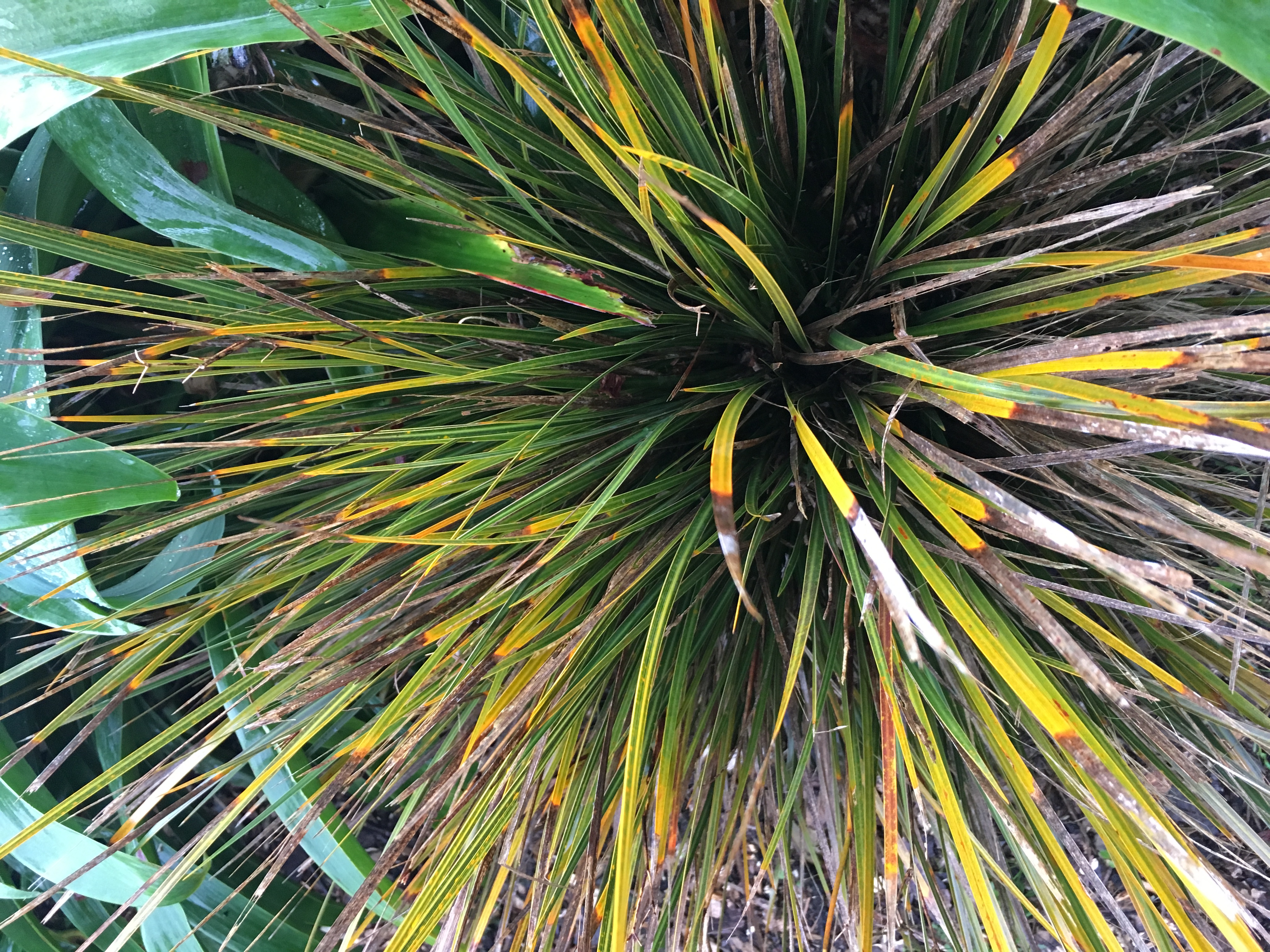Physical characteristics
An
Flowers and foliage
Pure
Preferred site
This plant is tolerant of all soil types except very
Preparation for planting
Always choose healthy well grown
Before planting ensure that the root-ball is saturated and remove planter bag pot or wrapping with the minimum of root disturbance. Trim any broken roots and plant at the same level as in the container. Dig a hole twice the diameter of the root ball and firm in and water once planted. Make sure
Shady areas often have
Planting too closely leads to spindly growth, poor flowering and eventual decline. In a well-planned
Maintenance tips
Apply mulch
Prune off any old flowers after flowering to promote new growth.
Libertia are easy to propagate just use a garden fork to lift the
Pests and diseases
Relatively pest and disease-free.
Location at Auckland Botanic Gardens
Native Plant Ideas




.jpg?width=1200&height=1200&v=1d4024dceb89e50)

.jpg?width=1200&height=1200&v=1d5569224d63650)
 .jpg?width=1200&height=1200&v=1d4024df6ce2770)
.jpg?width=1200&height=1200&v=1d55676a892f2b0)
 .jpg?width=1200&height=1200&v=1d4024e3b65f7f0)